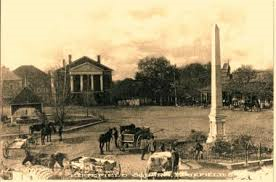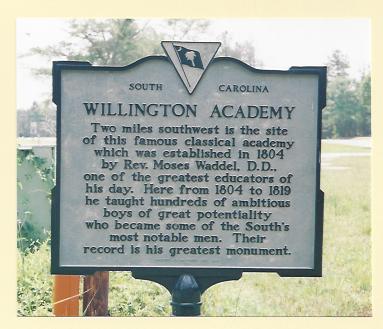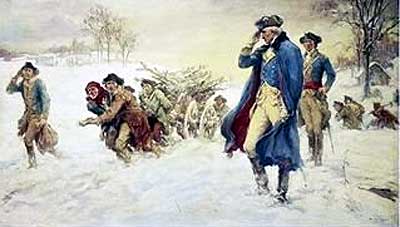Edgefield County Wills, Estates, Deeds 1890 EdgefieldThe county was formed in 1785 as part of Ninety Six District; parts of
The county was formed in 1785 as part of Ninety Six District; parts of Edgefield later went to form Aiken (1871), Saluda (1895), Greenwood (1897), and McCormick (1916) counties. The county seat is the town of Edgefield. The northern part of the Ninety-Sixiously inhabited by Cherokee Indians. The southern part adjoined the Savannah River and was used as hunting grounds by the Creeks, Savannahs, and other tribes. Edgefield country was trafficked by white men who created a lucrative trade with the Indians for their buffalo and beaver skins and who exported as many as two hundred and fifty thousand skins a year from the state. It was not until 1748 that permanent settlements were made along the Savannah River.

Families trickled in from England, Scotland, Ireland, Wales, Germany, Holland, and France and Pennsylvania, Maryland, Virginia, and North Carolina. Others settled in Georgia along the Savannah River. The first Scotch families settled on the Saluda side of Edgefield south of Chappells Ferry. The site was located near a hill where large chestnut trees grew. Later, the Baptist Church of Chestnut Hill was organized and built. They called the settlement Scotland. Among the first Scots was Joseph Culbreath, born near Plymouth, Scotland, in 1747, who was brought to Edgefield by his father, Edward Culbreath, in 1756. The father died a year later, leaving his sons, Joseph, John, Daniel, and Edward. The sons all lived to be over the age of 70. Harry Hazel’s family came with the Culbreaths to the new country. In 1770, a ferry was established over the Saluda River on the land of Robert Cunningham and another one over the Savannah River, opposite Augusta in Georgia. Edgefield was the site of several Revolutionary War skirmishes and was defended by those who had settled from North Carolina and Virginia. One such family was William Abney, who had settled about a mile from Scotland in 1772. Nathaniel Abney served as a captain of a militia company under Major Andrew Williamson at Ninety-Six. The Stewart family opposed the patriots, whose homestead was located on Tosty Creek on the Saluda.
Early settlers: Peter Finson, Francis W. Pickens, Benjamin Tilman, General Martin Witherspoon Cary, Allen Bailey, Nathan Melton, William Daniel, William Tobler, Spencer Hawes, George Miller, Jeremiah Lamar, Robert Gardner, David Pitts, Arthur Watson, Nathaniel Abney, Jesse Griffin, George Bender, Michael Burkhalter, Thomas Spraggins, Mathew Devore, Allen Burton, George Kyser, Nathaniel Bacon, Wright Nicholson, Joseph McGinnis, John Oliphant, John Blalock, Benjamin Hubert Jennings, Jessy Rountree, Amos Richardson, Hezekiah Gentry, Benjamin Hightower, Thomas Turk, Stephen Garrett, and others.
Probate Records
- Edgefield County Wills, Bks A, B, and C, 1775-1835 (abstracts)
- Index to Edgefield County Will Book D, 1836-1853
- 1817 Map of Edgefield County
Miscellaneous Edgefield County Wills, Deeds, etc. (Images and Transcripts)
- Adams, John (LWT) 1823
- Adams, John Deed to William McDaniel (1816)
- Adams, John Deed to Joel McLemore (1819)
- Adams, John Deed to Henry Anderson
- Adams, John Deed to John Hinson(1824)
- Ballentine, Hugh, 1809 Promise
- Bolger, Elizabeth
- Bush, Isaac
- Cary, William
- Ferguson, William
- Garrett, Edward
- Hagens, William
- Hamilton, William
- Hammond, Charles Sr.
- Mims, Beheatherland
- Mock, George Sr., LWT (1790)
- Morgan, Evan
- Neyle, Daniel, 1750 Land Grant
- Ramage, James
- Richardson, Jefferson
- Savage, John Land Grant, originally the Land Grant of Benjamin Harris
- Self, Daniel
- Strum, Henry Bond to Jeremiah Burnet of Liberty County, Georgia
- Sullivan, Pressly
- Swearington, Van
- Tate, Henry
- Williams, Roger
- Youngblood, Mary

Willington Academy, a School for Boys
In 1801 a famous school for boys was built along the banks of the Savannah River, on the Carolina side, about forty-five miles from Augusta and six miles from Willington. This was a time when the Broad River joined the Savannah on the Georgia side and a wagon trail led off into South Carolina. It was called the Willington School, named by its founder, Dr. Moses Waddel. Dr. Waddel was a Presbyterian minister who later became the president of the University of Georgia. This was a time when basic studies were taught in field schools.
Valley Forge
Charles Lavender was a resident of Amherst County, Virginia when he enlisted in the American Revolutionary War. He fought under General George Washington and was at Valley Forge in 1777. He was a man six foot three inches tall who had 22 children by two wives. However, at the time of his death in Edgefield District at the age of 99 years, only three of his children were living.
